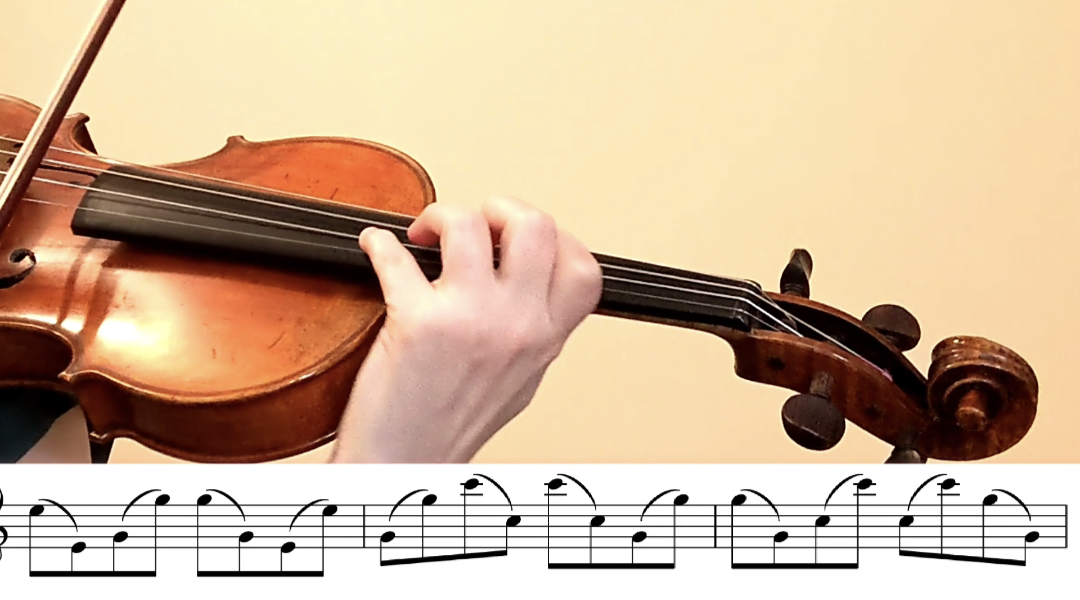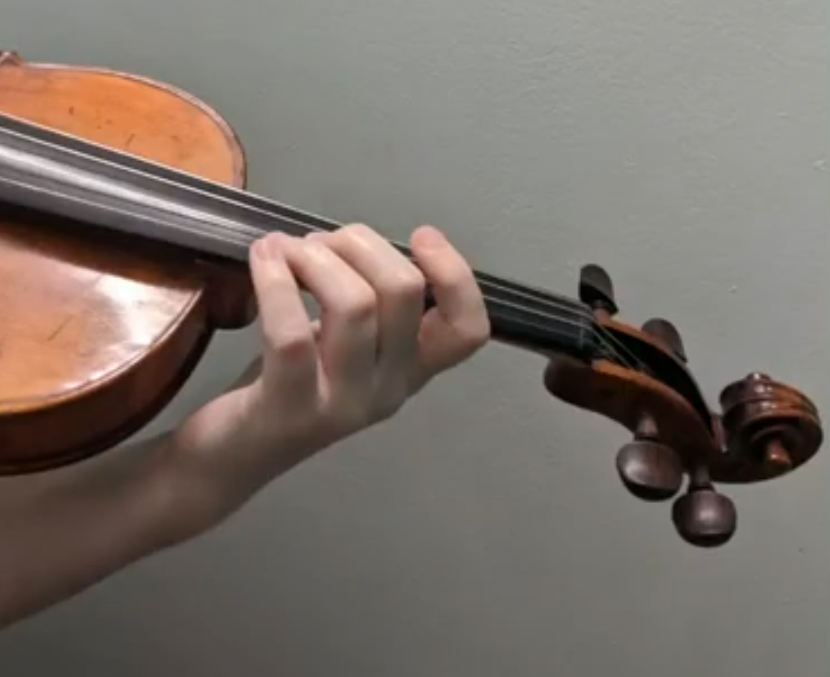
We all know that gripping the neck or squeezing with the thumb is a big no-no because it causes unnecessary tension and makes playing even more difficult than it already is. This is a concept that’s simple…but NOT easy! Pretty much all violinists and violists struggle with some form of this at some point, and sometimes without even realizing it especially if it’s an ingrained habit. And for so many of us who mean well and do our best, this problem most often occurs when the music is emotionally intense and/or physically demanding.
Here are 5 ways to train your left hand to feel lighter. Spending even 3 minutes on these a day can help to improve your stamina, dexterity, shifting, and vibrato.
Continue reading “Tips to Prevent Gripping the Neck & Relax Left Hand”





